The Economic Value of Birds in Chicago
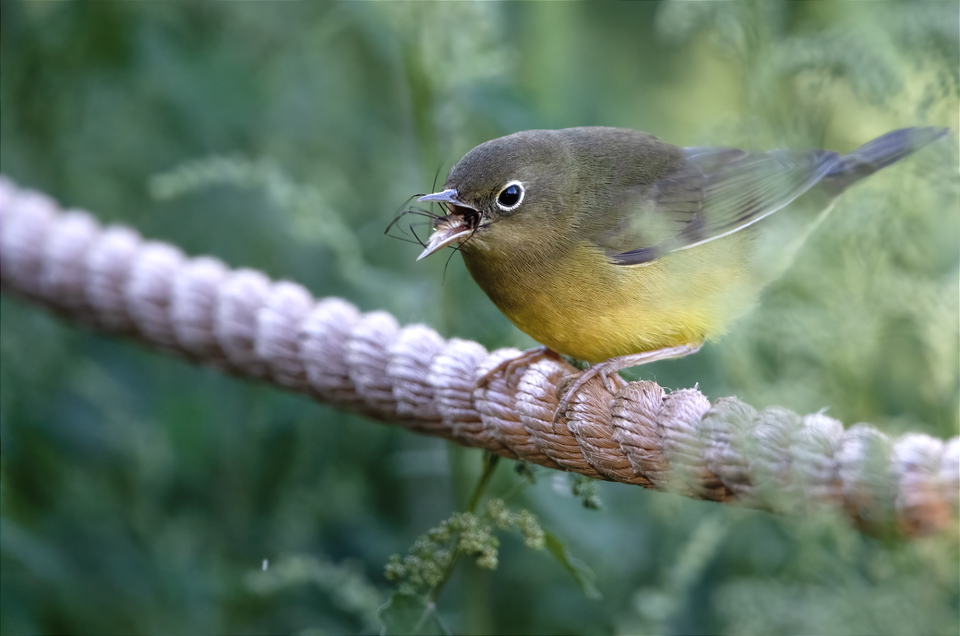
Prepared by: J’orge Garcia, Director, Windy City Bird Lab
September 2025
Introduction
One question that interviewers often ask bird advocates is, "Why? Why birds?" There might be no better city in the Nation than Chicago to explore this question.
Chicago sits at the heart of North America’s busiest migratory flyway, making it one of the most important urban landscapes for birds. Even while designated the most dangerous city for migratory birds, Chicago has emerged as a leader in urban bird conservation, research, education, and community engagement.
It can be difficult to explain the joy and elation that comes from observing birds in urban environments. As author Jonathan Franzen noted, "Birds are our last readily available connection to the wilderness around us. They're accessible without being ingratiating." Beyond the personal gratitude hundreds of people get from birding every day, birds provide measurable economic benefits to all environments, including metropolitan areas like Chicago.
The city’s vibrant birding community spans diverse neighborhoods and demographics, supported by programs like the Urban Birding Festival, Chicago Bird Collision Monitors, Birds in My Neighborhood, and research projects like the Chicago Bird Migration Monitoring Network. These grassroots efforts demonstrate that birds are not merely an ecological amenity, but an economic asset that brings communities together while generating measurable value that is worthy of protection and investment.
Chicago currently lacks a comprehensive study establishing the annual dollar value of birds in its urban environment. This report highlights the various sources of economic value that birds provide to the city, the strategic advantage for Chicago to focus on bird conservation, as well as analogous studies in other urban environments, all demonstrating the opportunity for Chicago to pursue research in this area. A comprehensive study of the annual dollar value of birds in Chicago would empower city leaders, nonprofits, and businesses to make informed investments in conservation and urban planning.
Summary
Chicago's bird population generates substantial economic value through tourism attractions, ecosystem services, community engagement, and participation in the rapidly growing $107.6 billion national birding economy. The local birding community is vibrant and diverse, anchored by world-class locations such as Montrose Point, the most birded hotspot in the U.S., and a network of grassroots organizations, educational programs, and conservation initiatives.
Bottom line: By investing in bird habitat, infrastructure, and safety, Chicago can grow its share of the national birding economy while improving quality of life for its residents.
Key Findings:
- Pest Control Services: Chicago's birds provide natural pest management with significant economic value
- Seed Dispersal: Urban birds maintain and expand green spaces through natural seed distribution which would be costly to humans
- Sanitation: Improving our approach to rodent control can support our population of birds of prey and scavengers who help with urban sanitation
- Mental Health Benefits: Birds reduce healthcare costs through mental wellbeing
- Property Values: Areas with higher bird diversity and tree cover show measurably higher property values
- Eco-Tourism & Recreation: Montrose Point is the #1 most birded location in the USA, Cook County is the most birded county for global bird surveys, and rare birds draw in hundreds of thousands of dollars in spending
- Wild Bird Feeding Economy: Over 52 million Americans spend billions annually on bird food, creating substantial local retail revenue
- Community Science & Volunteer Labor Value: Chicago-area birding organizations provide thousands of volunteer hours annually in habitat restoration and citizen science
- Public Education: Birding programs connect diverse communities to environmental science, conservation, and provide career awareness.
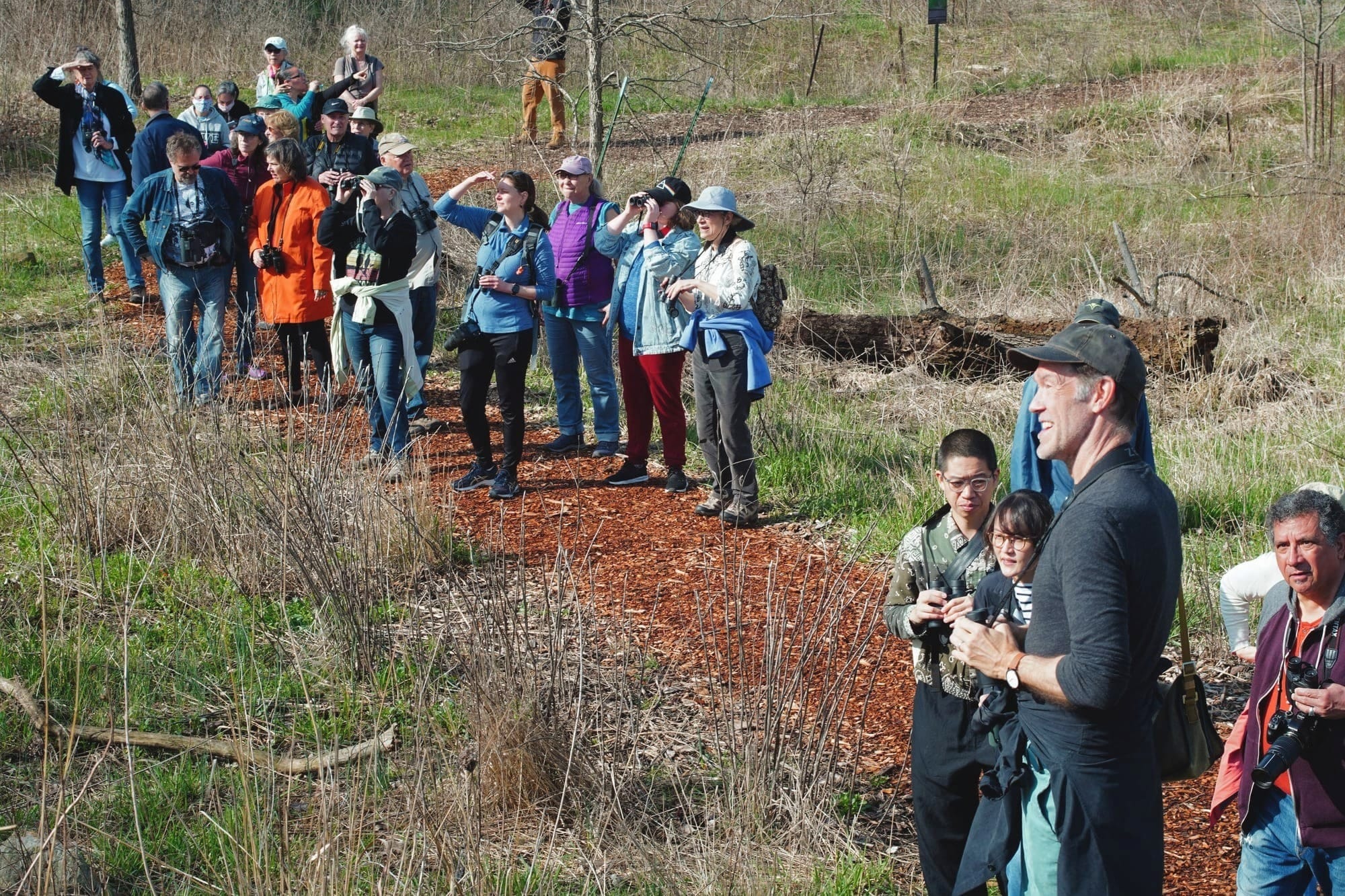
Economic Impact from Birding Participation
Hobbies can be expensive, and birding is no different. Thankfully, the barrier to entry is low and the upper limit is exponential, with birders entering the community by curiosity at no cost and quickly becoming spenders to improve their birdwatching outcomes. The current birding boom is outpacing virtually every other outdoor recreation activity, with an estimated 37% of the USA population over the age of 16 engaged in birding.
National Birding Economy (2022)
Source: U.S. Fish & Wildlife Service National Survey of Fishing, Hunting, and Wildlife-Associated Recreation
Birding Spending:
- Over 52 million Americans spend billions annually on feed, supplies, and travel
- Birding is a growing market, with over 1.1 million eBirders and counting.
- Chicago-area retailers benefit from the bird feeding economy, from grocery stores and dollar stores to pet stores and specialty bird feed shops
- Bird abundance creates market demand supporting specialized businesses: bird shops, professional tour guides, wildlife artists, and urban bird researchers
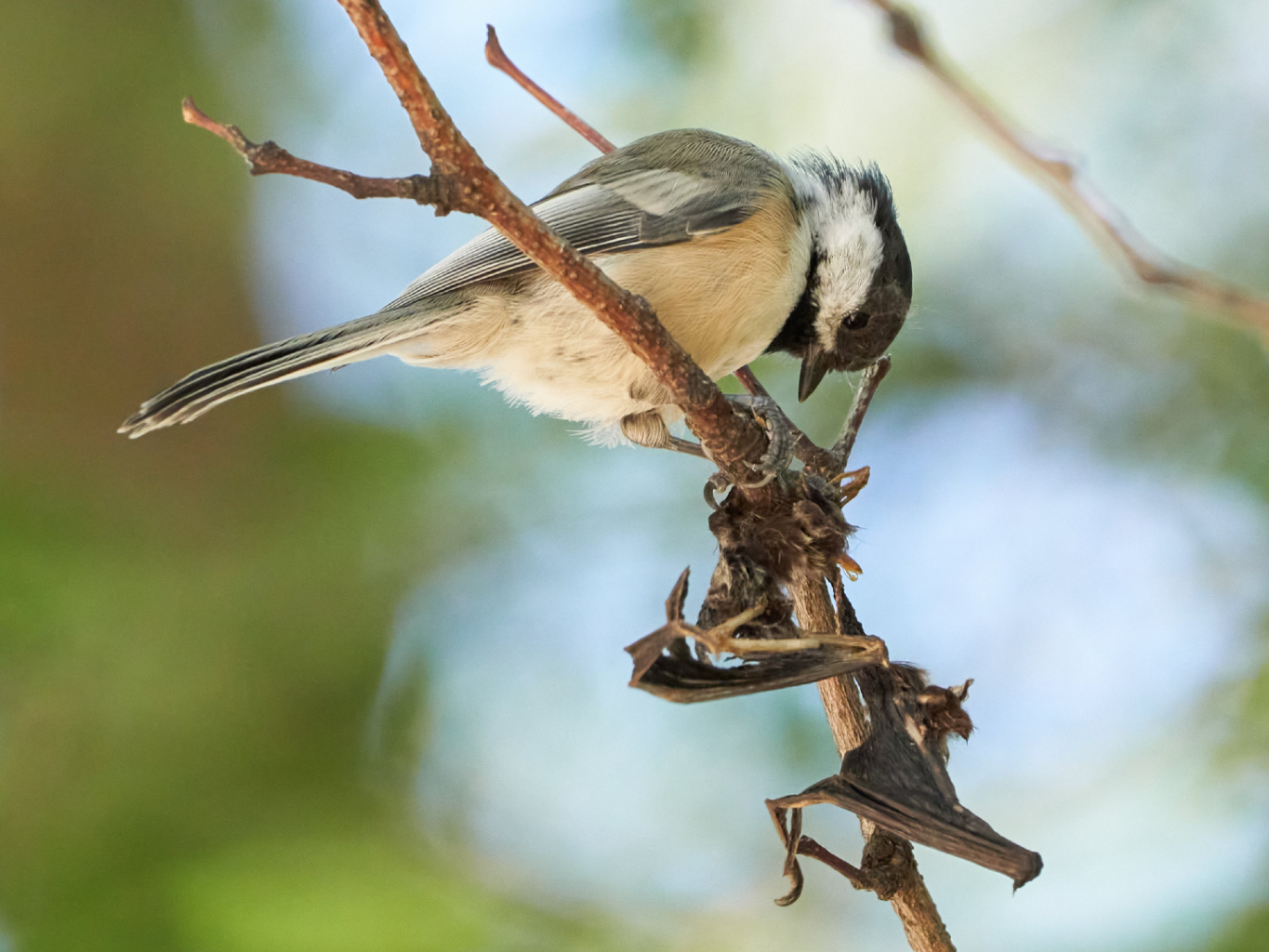
Ecosystem Services: Quantified Economic Value
Beyond the dollars spent by birders, birds work around the clock providing free services that cities would otherwise have to pay for. From pest control, to supporting our green spaces and our mental health. Birds never call in sick and only desire habitats to sustain them. Here are some of the services they provide and analogous data from other cities.
- Natural Pest Control Services
- Washington State calculated avian control of spruce budworm worth $1,473 per square kilometer annually
- Research shows Cooper's Hawks, Red-tailed Hawks, and Great Horned Owls thrive in urban fragmented landscapes with abundant prey such as mice. Rodent control already costs Chicago $14.8 million in 2024, highlighting how urban raptors and scavengers can help naturally offset some of these expenses.
- Seed Dispersal Services
- Urban birds maintain and expand green spaces through natural seed distribution
- A Swedish urban park study found bird seed dispersal services worth $2,450-$11,250 per bird annually in replacement costs
- Sanitation Services
- Scavengers like gulls, crows, and vultures provide valuable ecosystem services by removing road kill and refuse, saving municipal cleanup costs
- When vulture populations in India declined by 98%, disease spread led to billions in increased healthcare costs
- Mental Health & Healthcare Savings
- Urban birds provide documented mental health benefits
- College students who participated in weekly birding showed significant increases in psychological well-being and decreases in distress compared to control groups
- Reduced stress, anxiety, and depression translate to healthcare cost savings
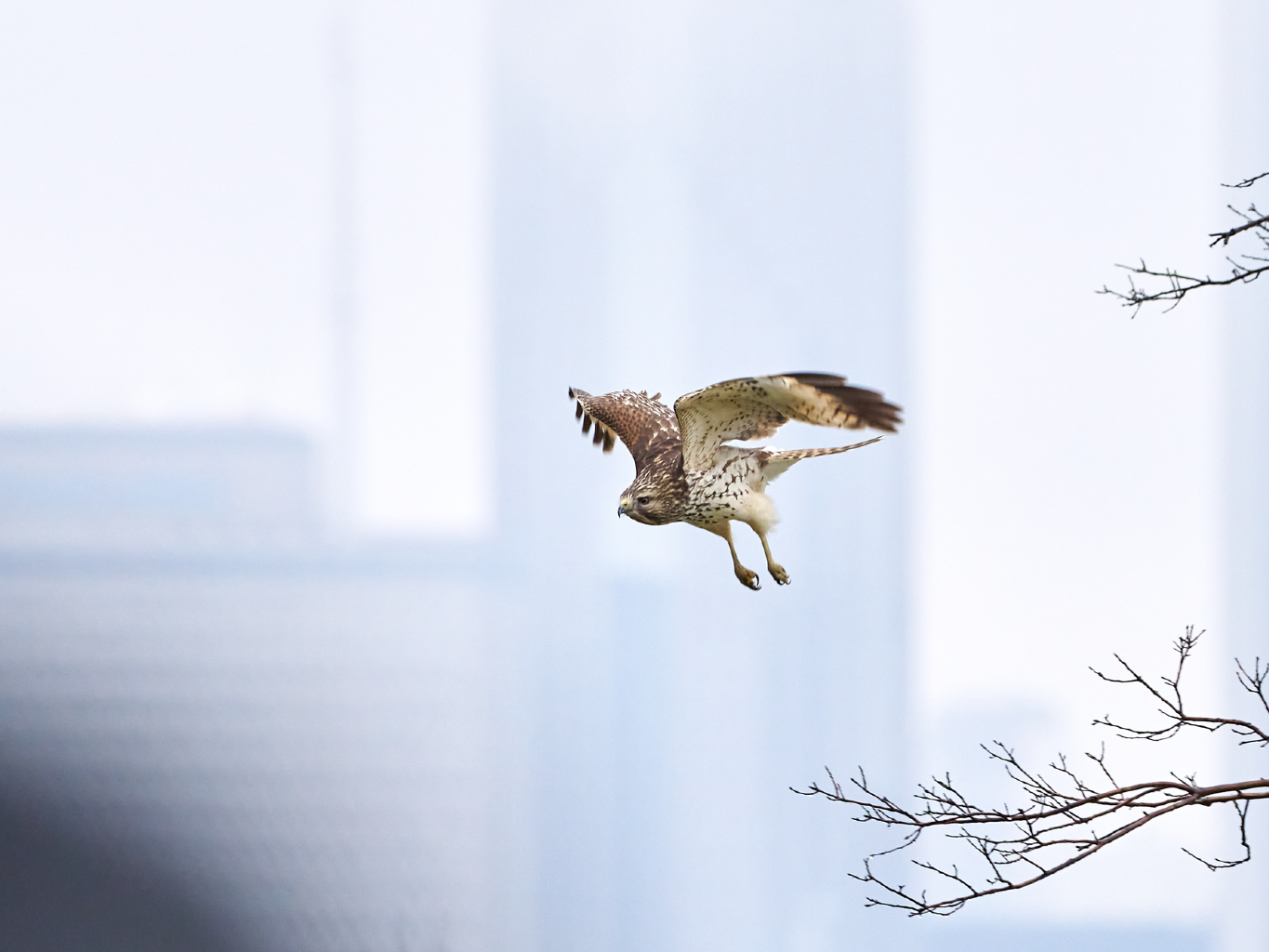
Chicago's Competitive Advantages
Chicago birders get the best of both worlds with world-class parks making urban birding accessible and the busiest migratory corridor that draws visitors from across the globe. According to eBird data, Montrose is the most birded hotspot in the USA, and in 2021, Cook County ranked as the most birded county in the country during the Global Big Day.
Chicago's Position in the Birding Market
- Montrose Point is the #1 most birded hotspot, and 27th for bird diversity in the USA
- Chicagoland hosts two large birding festivals, bringing visitors from across the country: The Urban Birding Festival and the Indiana Dunes Birding Festival
- 100+ million birds pass through during spring migration (Birdcast)
- 150+ million birds pass through during fall migration (Birdcast)
Geographic Position
- Central location in North America's major flyway puts Chicago at the heart of continental bird migration
- Lake Michigan shoreline creates a natural funnel for migrating birds
- 250+ species utilize the city during migration periods
Infrastructure Assets
- Birding Hotspots - Premier birding destinations with national recognition
- Diverse Birding Communities - new grassroots organizations are increasing the number of people participating in the birding economy
- Urban Birding Festival - A new birding festival, which nearly doubled in attendance for its second year, bringing hundreds of participants to engage in birding across the city
- Community birding and stewardship events across the city's neighborhoods and parks help maintain our city's natural areas
- Educational Bird Programs: Programs like Birds in My Neighborhood and library partnerships with birding organizations are seeing increases in participation and interest.
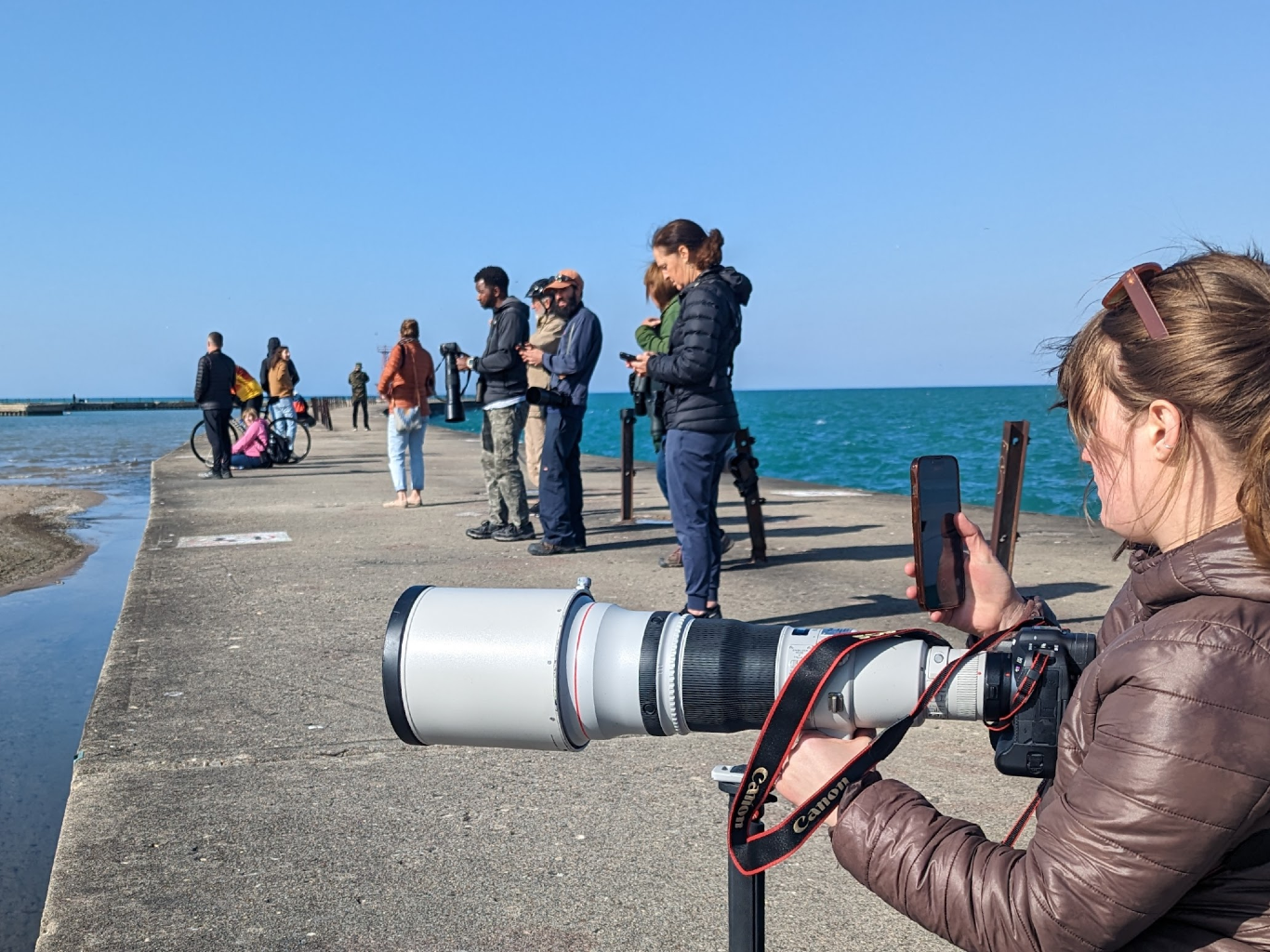
Spending from Chasing Rare, Endangered, and Vagrant Birds
Rare bird sightings generate significant economic activity by drawing birders from across the region who spend on travel, lodging, food, and supplies. Studies show that a single rare bird event can generate hundreds of thousands of dollars in local revenue through tourism and related spending.
Chicago has experienced this first-hand with the arrival of federally endangered Great Lakes Piping Plovers at Montrose Beach, including the well-known pair “Monty and Rose.” Other notable sightings, such as a Mountain Bluebird, Kirtland’s Warbler, and other unexpected migrants, have drawn large crowds of birders and photographers.
These events not only bring excitement to Chicago’s birding community but also create measurable financial impacts for nearby businesses. Surveying visitations and spending during these sightings would provide valuable data on how rare birds contribute to Chicago’s growing birding economy and help make the case for continued investment in bird conservation.
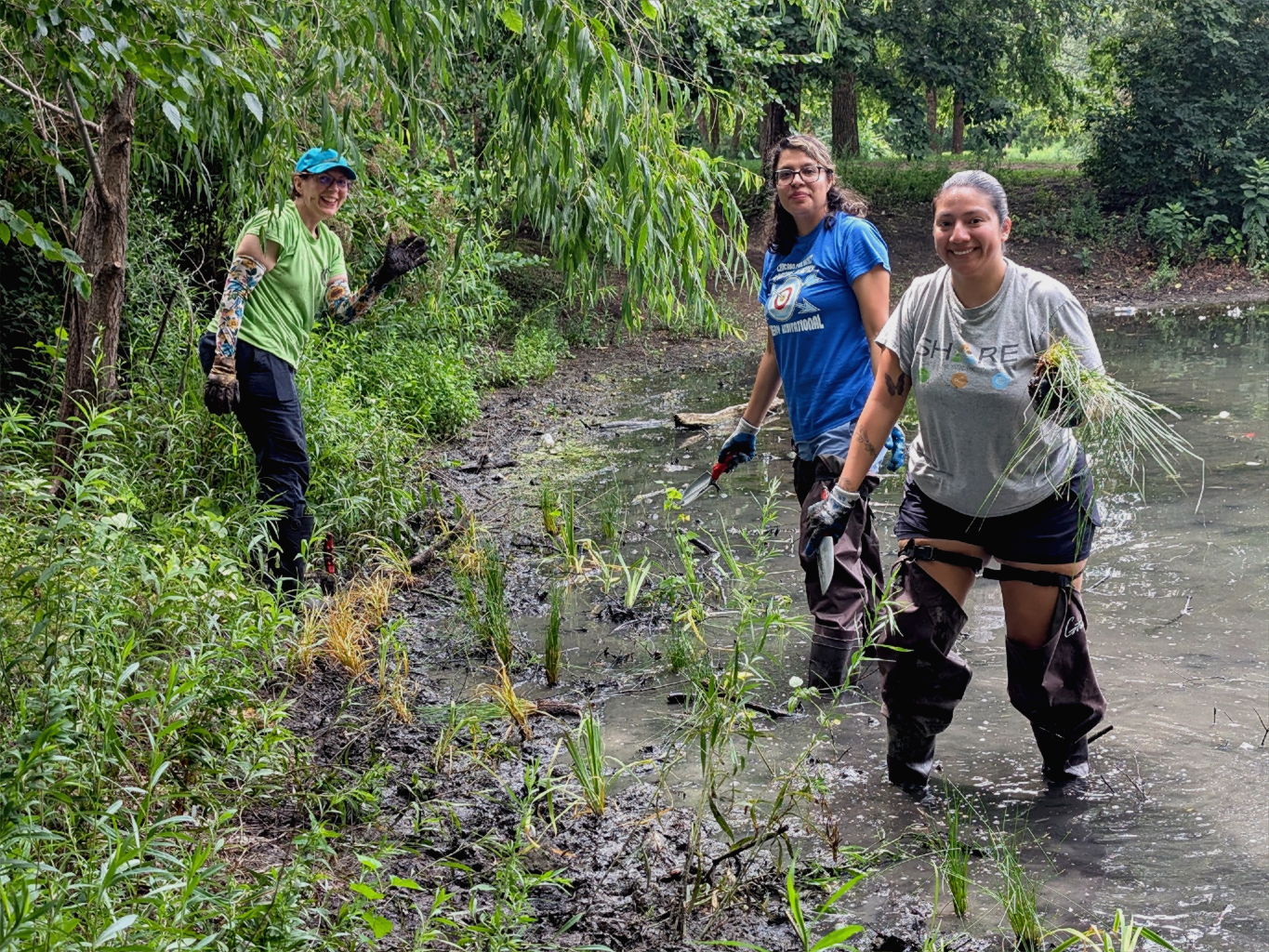
Volunteer Contributions
Birding is a gateway to conservation action, and the proof is in the strong volunteer community across the city. These volunteers foster stronger community ties, provide ecological stewardship, and expand Chicago’s capacity to meet conservation and education goals without additional city expenditure.
Chicago-area birding organizations hold thousands of volunteer hours annually. Some categories with examples include:
- Habitat restoration projects - FPCC's Ecological Stewardship Days
- Community science data collection - Chicago Nighthawk Project
- Educational programming - Birds in My Neighborhood
- Conservation monitoring - Chicago Bird Migration Monitoring Network
- Wildlife rehabilitation - Chicago Bird Collision Monitors
At an estimated $33.49 per volunteer hour (Independent Sector, 2024), these hours represent hundreds of thousands of dollars in donated labor annually.

Market Growth Opportunity
With its world-class birding sites, thriving grassroots organizations, and central location on the continent’s busiest migratory flyway, Chicago has the foundation to capture a larger share of the national birding economy, translating into greater tourism revenue, local retail sales, and job creation.
Key Trends
According to the U.S. Fish & Wildlife Service National Survey, birding represents the largest segment of the wildlife watching market. Furthermore, eBird participation continues to grow year-over-year.
Every dollar spent by birders generates $2.60 in total economic output into the local economy.
Chicago's Market Capture Potential
Based on national growth trends, Chicago is positioned to capture increased:
- Visitor spending on birding trips and equipment
- Local retail revenue from bird outings and equipment sales
- Hotel and restaurant revenue from birding tourists
- Guide services and tour revenue from specialized birding experiences
- Increased jobs in environmental science fields.

Bottom Line for City Council
The Data Shows:
- Massive market growth - Birding is presently a booming economic sector
- Chicago's premier position - Cook County is the most birded county in USA; Montrose Point ranks #1 nationally on eBird
- Important geographic responsibility - Chicago is along the country’s busiest migratory corridor with millions of migratory birds passing through each spring and fall. We have an opportunity to be an international model.
- Direct economic value - Pest control, seed dispersal, scavenging, and mental health services provide measurable financial benefits to the City
- Tourism potential - Tens of thousands of annual birding visitors to Cook County with significant growth opportunity
Investment Opportunity: Supporting bird habitat and birding infrastructure positions Chicago to capture a larger share of this rapidly expanding market while providing substantial ecosystem services to residents. Furthermore, there is an opportunity to research the specific dollar value per bird in Chicago to support informed policies.
Closing
Chicago is uniquely positioned to become a global leader in urban bird conservation and research, but doing so requires data-driven decision-making. This report demonstrates both the direct and indirect value birds bring to Chicago. The next step is to launch a city-wide economic study of birds in Chicago. A comprehensive study of the annual dollar value of birds in Chicago would empower city leaders, nonprofits, and businesses to make informed investments in conservation and urban planning.
The Windy City Bird Lab stands ready to collaborate with researchers, city officials, and postdoctoral scholars interested in urban ecology, economics, and conservation. We invite graduate students and early-career researchers to reach out and explore opportunities to host their work at the Windy City Bird Lab, contributing to a pioneering effort that will shape Chicago’s future.

Sources
- https://www.fws.gov/program/national-survey-fishing-hunting-and-wildlife-associated-recreation
- https://www.fws.gov/sites/default/files/documents/2024-11/2022-birding-in-the-us-demographic-and-economic-analysis.pdf
- https://www.allaboutbirds.org/news/analysis-the-economic-value-of-birds/
- https://nyaspubs.onlinelibrary.wiley.com/doi/abs/10.1196/annals.1439.003
- https://ebird.org/news/2023-year-in-review
- https://ebird.org/hotspot/L109516
- https://ebird.org/region/US-IL-031?yr=cur
- https://dashboard.birdcast.info/region/US-IL-031?night=2023-10-05
- https://esajournals.onlinelibrary.wiley.com/doi/10.1002/fee.2029
- https://extension.wsu.edu/
- https://www.sciencedirect.com/science/article/abs/pii/S0921800905005124
- https://www.audubon.org/magazine/winter-2019/birding-benefits-how-nature-improves-our-mental
- https://www.sciencedirect.com/science/article/abs/pii/S0272494424000793
- https://www.forbes.com/sites/grrlscientist/2024/05/20/birdwatching-can-improve-mental-health-and-reduce-distress-in-students/
- https://www.birdability.org/mentalhealthbenefits
- https://www.twibchicago.com/p/cook-county-is-the-most-birded-county
- https://www.pnas.org/doi/10.1073/pnas.2101666118
- https://chicagobirdalliance.org/
- https://independentsector.org/resource/the-value-of-volunteer-time/
- https://openlands.org/programs/birds-in-my-neighborhood/
- https://meridian.allenpress.com/rapt/article/48/3/257/436492/Raptor-Presence-Along-an-Urban-Wildland-Gradient
- https://www.anthropocenemagazine.org/2018/05/the-unsung-contributions-of-urban-scavengers/
- https://avian-behavior.org/the-economic-value-of-scavengers/
- https://www.nbcchicago.com/news/local/chicago-tops-list-of-most-rat-infested-cities-for-9th-consecutive-year/3257930/
- https://colab.ws/articles/10.1016%2Fj.jenvp.2024.102306
- https://ebird.org/news/ebird-passes-2-billion-bird-observations
- https://besjournals.onlinelibrary.wiley.com/doi/10.1002/pan3.10527
- https://australian.museum/blog/amri-news/economic-benefits-of-rare-birds/
- https://www.birdguides.com/articles/ornithology/the-economic-benefits-of-chasing-rare-birds/
- https://www.sciencedirect.com/science/article/pii/S0960982222012027
- https://www.sciencedirect.com/science/article/abs/pii/S000632070700448X